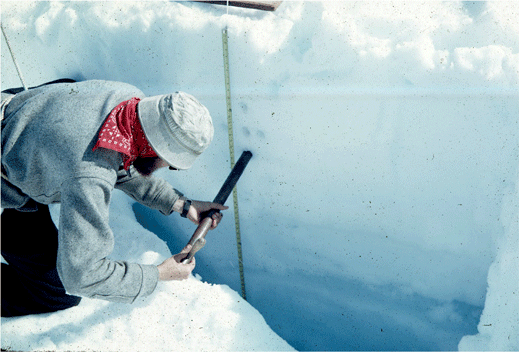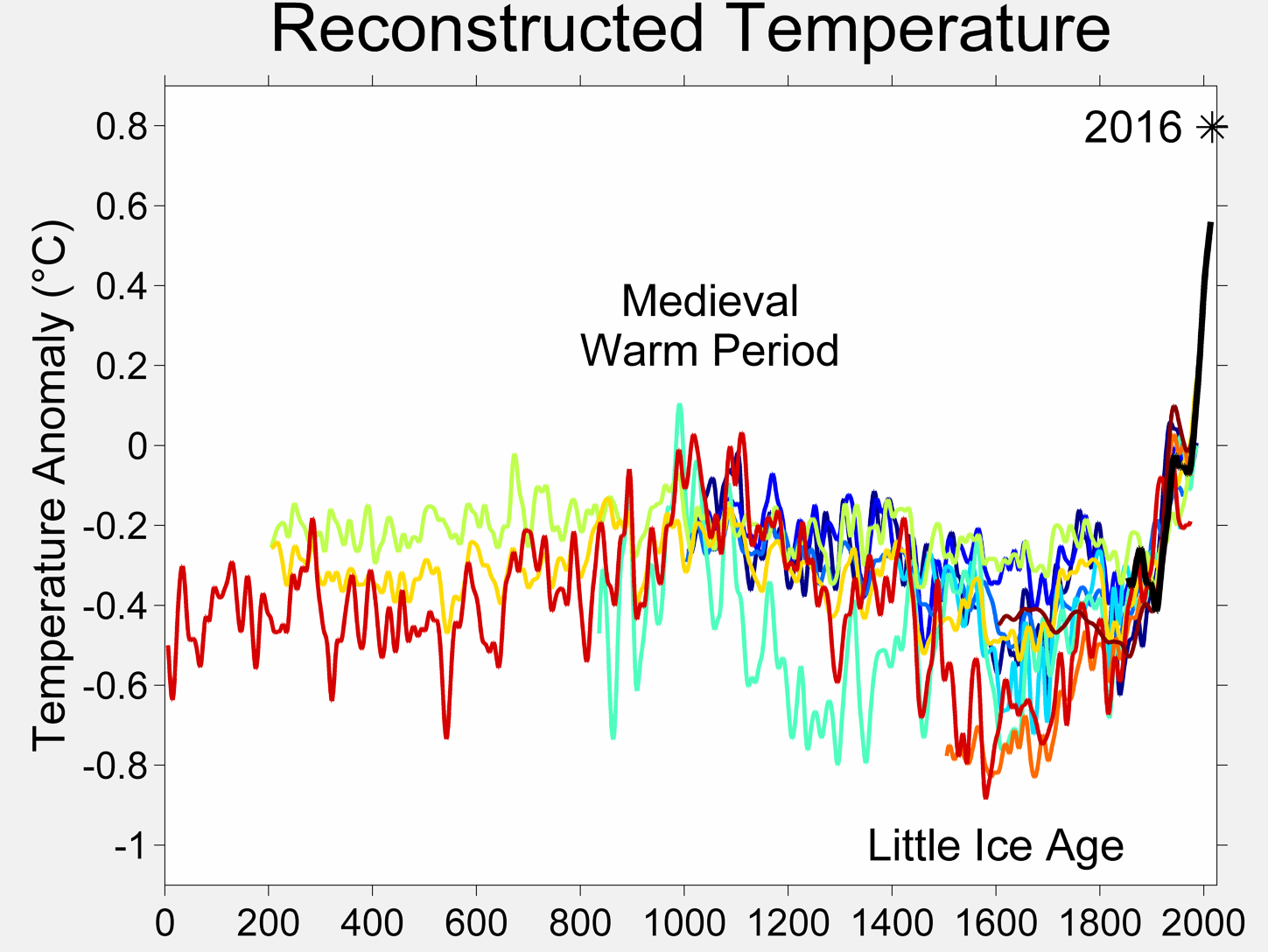Proxy indicators, or data that has the potential of revealing Earth’s past climate, could possibly revolutionize the way scientists view global climate change (the variations of Earth’s climate due to temperature, precipitation, storm frequency, etc). I believe that proxies, combined with computer generated models, are our most reliable way for predicting Earth’s climate.
When referring to climate change, proxy indicators are intended to shed light on the temperature, natural disasters, and wind patterns of the past. Because of the collaboration of scientists from around the world, science has been able to paint a picture of what Earth was like 740,000 years ago. Incredibly, this data comes from the most unlikely of sources: tree rings, gases present in Arctic ice cores, pollen grains, and coral reefs. Tree rings can be used not only to tell a tree’s particular age, but also the temperature, climate, greenhouse gas levels, sunspot cycles (an 11 year period in which the intensity of the sun varies and culminates in sun bursts/flares around year 11), and the amount of forest fires in an area. Interestingly, the actual name of the branch of science that studies the climatic, environmental, and atmospheric changes of the past is called “dendrochronology.” As for tree rings, a wide ring can indicate spurts of growth while a smaller, narrower ring can indicate drought and less growth; a charred ring tells scientists that a severe forest fire occurred.
Next, ice cores drilled from glaciers contain ancient gas particles and air bubbles from past atmospheres. Scientists are able to deduce a plethora of information from these bubbles of knowledge—temperature, snowfall levels, amount of radiation present, precipitation, wind cycles, etc. Ice cores from the poles are the most veritable forms of data because they haven’t been marred or disturbed by harmful human activity. To obtain the ice, a mechanical drill is inserted into the ground and moved in a circular motion until a column of ice appears (the ones in the Antarctic are from 800,000 years ago!). Read more about the National Ice Core Laboratory Initiative here.
Next, pollen trapped in sediments on the bottommost layers of lakes, ponds, and streams contains a wealth of data relating to the vegetation in an area. Because pollen is hardy and long-lasting, it can remain in grain-like particles underwater for a considerable time. Through pollen records, the frequency of fires and genetic diversity of plants in an region can be determined. Today, there is less likely to be diverse pollen grain buried in sediments because the advent of monocultures and commercial agriculture has greatly reduced plant variation. Although I am not 100% sure of this fact, I believe that oceans would contain less pollen in buried sediments because of upwelling, the process by which nutrients from an ocean’s floor move towards the surface as currents diverge.
Pollen under a microscope
Finally, the bands on living coral are able to reveal oceanic conditions and the levels of radiation in a body of water. The bands on the coral’s calcium carbonate shells contain trace elements and isotopes, hinting at the wind patterns and nutrient/biodiversity levels. Because they are so sensitive, the shells’ bands (like tree rings) are larger during a season with many upwellings and smaller when the nutrient content was lower. Variations in salinity, precipitation, and nutrient content are also influenced by El Nino, a phenomenon in which warm water from the western Pacific Ocean (near Indonesia) moves eastward towards the coast of South America. The warm water, being less dense, stays on the surface and prevents nutrients from rising to the surface (smaller bands). However, since many coral reefs are being bleached because of global warming and a large influx of industrial pollutants, their natural records are being lost. Zooxanthellae, algae that give coral nutrients and promote high productivity, abandon coral once temperatures and salinity levels increase, resulting in the white, bleached look on the coral.
To conclude, proxy indicators are extremely important when trying to predict future climatic conditions. Through the combination of past and present data, as well as impacts ranging from natural to anthropogenic to both, Earth’s future climate can be simulated.












